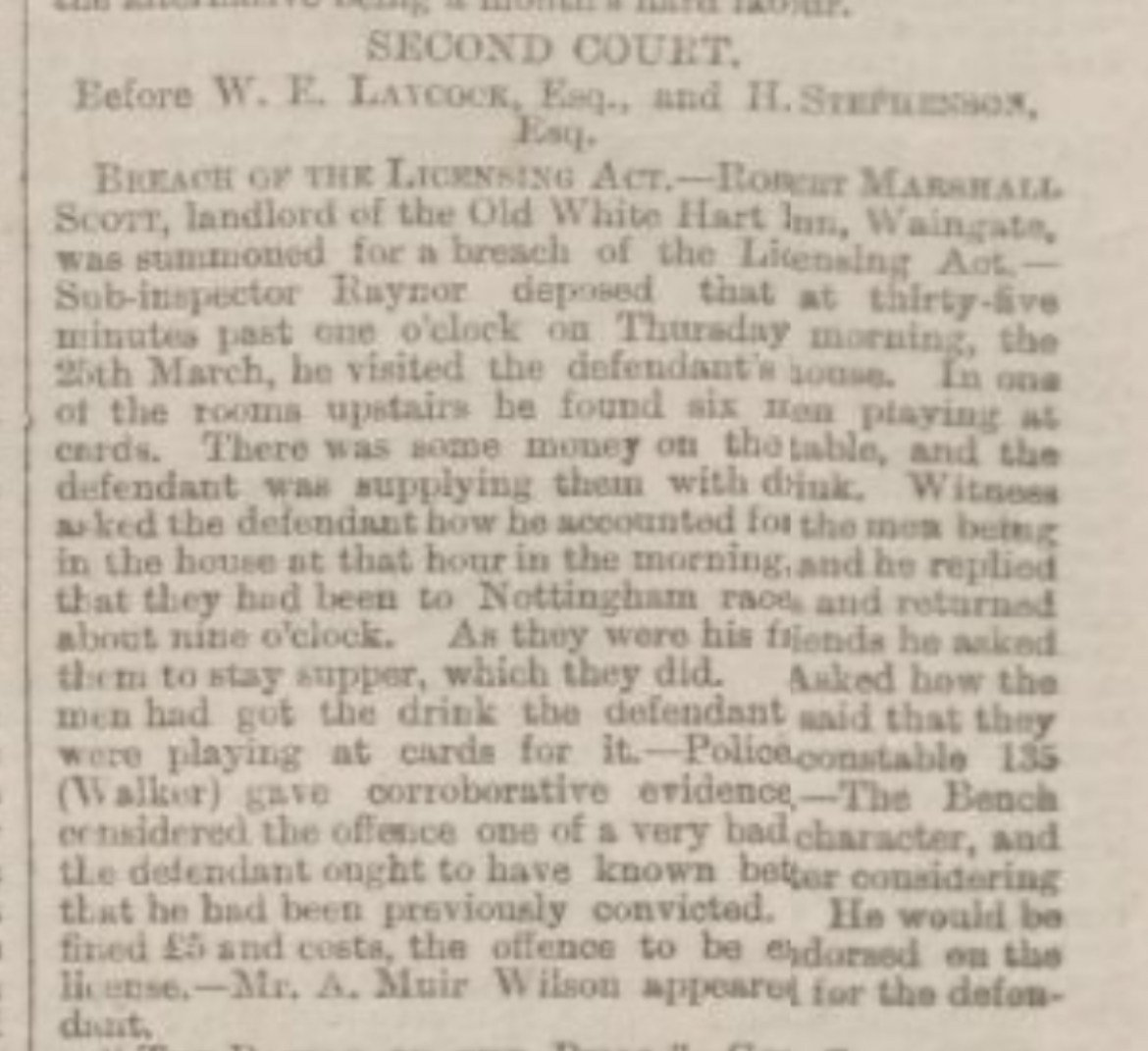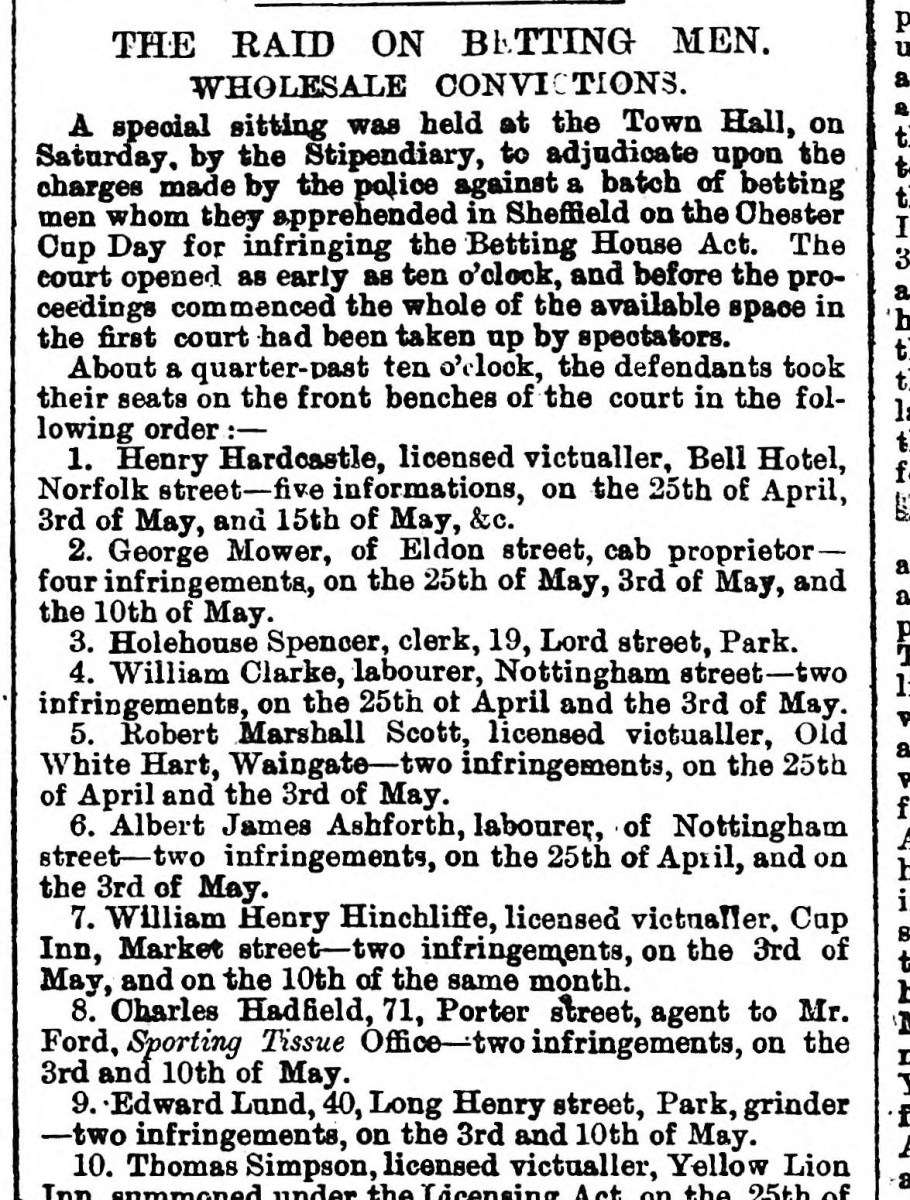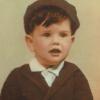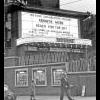Leaderboard
Popular Content
Showing content with the highest reputation since 28/04/24 in all areas
-
Just seen a picture of the new footbridge, and it looks a bit like Lego flanked by what look like Fire Station towers!1 point
-
Sheffield was noted for having many two storey back to backs (not attics). Here's a photo of my mum in 1936 outside her house on Jericho street. Note the bedroom windows open to get as much ventilation as possible, also shutters on the ground floor, and donkey stoned steps. In her new Whitsun outfit.1 point
-
Many people still confuse “back to back’s “with all terraced housing. A terrace of “back to back's “meant that an individual dwelling only had a frontage of its own. The rear was shared with its back street neighbour’s back wall and the end walls, either side ,were also shared. They lacked adequate ventilation had poor sanitation ……which encouraged the transmission of infectious diseases, and bugs in general. Gone and not missed…although one wonders with the current housing crisis if some bright spark might push for their reIntroduction?1 point
-
Without doubt it's Victoria Station looking out towards the station approach. My Dad was a porter-cum-lamp man there in the 1950's and 60's and I spent may hours of my childhood accompanying him to work where he regularly pushed me along the platforms on the back of a luggage trolley. He also allowed me to secure the lamps on the front and back of trains whilst they were parked at a platform, but I don't think @Elf n Safety' would be too happy with that. He also took on the station announcer's role advising travellers of incoming trains and the destination of outgoing trains. Once he'd done the announcing, and unknowingly to me, he used the microphone to contact Father Christmas's fairies to order a supply of goodies for me such as spangles, lucky bags, Fry's Five Boys chocolate bars and sherbet dips, but my wife thought I was stupid. (Only joking. I was only 6 or 7 at the time). Happy days! Eric Boocock1 point
-
1 point
-
1 point
-
1 point
-
Wessex Archaeology excavated the area in 2019 ( Hollis Croft Excavations ). They targeted the Orange Branch public house as "Area K". Their report included "In 1787–9 the Orange Branch was operated by John Harrison, perhaps as part of the truck system used to exploit workers at his steel works on the other side of the road. By 1853 the Orange Branch was at number 28 and was operated by Joseph Allen, joiner and victualler, and inhabited by his wife Sarah, three children and 20-year-old servant Alice Wardley." "Worker’s housing was directly excavated at the rear of the Orange Branch public house". A penny was found in the vicinity of the pub. "The cellars were well-preserved and a sequence of repair, redevelopment and blockage attested to alterations and use of the cellars over time" "Walls west of the cobbled yard were shown to be the upper parts of a series of cellars which had been maintained and rebuilt over time. In the 20th century a cart-way or entrance was installed in the east of the area, reducing the size of the former buildings, although the fabric of the earlier buildings was partially retained"1 point
-
1 point
-
Sorry for late reply, don’t know if you’ll see it but the farewell I mentioned (son of the Sheffield huntsman and footballer) in my tree was actually 1851-1908 and the next farewell I can recall or found would’ve been his nephew born 1909 son of Thomas David Sellars, although I think he was called Harold farewell. I do know there was a different sellars family at the same time of 155 Stannington Road with a son called Farewell if that helps, the ones I mentioned would be all walkley area.1 point
-
1 point
-
UPDATE:- As soon as the new admin block had been finished in 1899, the old block was demolished the building of the new central block was started. By July 1902 it was finished and was in use. This new block contained five new wards all of the five wards all of which were named after past benefactors of the hospital and one was the 'May' ward. At this stage I can only confirm three of the five wards on the new block I dont know which of the wards listed below were the other two. A list of all wards are in the Royal Hospital Annual reports: Arthur Jackson Ward, Littlewood Ward, May Ward, Casualty Ward, Bingham Ward, Bernard Wake Ward, Norfolk Ward, Fred Osbourn Ward, Arthur Hall Ward, Keeling Eard, & Edgar Allen Ward Thank you for all the input it is very much appreciated.1 point
-
1 point
-
An extra snippet At the age of 17 Samuel Plimsoll worked for Thomas Rawson & co at their Pond Street Brewery, he was a junior clerk earning £1.00 a week. He became famous as described above and Rawson's Brewery was bombed in the war and ceased trading. Taken from Bygone Breweries of Sheffield.1 point





























.jpg.ab9a747b42aaa43f4a8111d916ca0448.jpg)